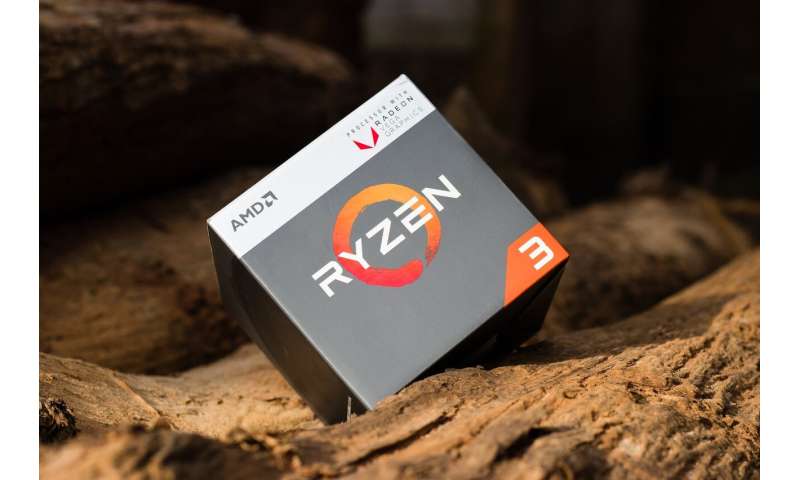
AMD announced Tuesday a series of Chromebook mobile processors that are based on optimized Ryzen hardware and VEGA graphics. The CPUs are based on 14 nm and 12 nm process nodes and will give the popular entry-level notebook a boost in speed and graphics capabilities.
The mobile CPUS will feature between two and four cores, up to eight threads, and include Radeon Vega graphics.
It is the first time AMD used Ryzen processors in Chromebooks.
For premium Chromebooks, the quad-core Ryzen 3 3250C, Ryzen 5 3500C and Ryzen 7 3700C will run up to 4.0 GHz. AMD says the 3700C chip will bring speed improvements of up to 250 percent to graphics tasks compared to earlier AMD Chromebook performance levels. Performance for multitasking and web performance, they say, will be double old levels.
AMD hopes to make inroads in three key markets for Chromebooks: education, enterprise and consumer. It has an eye in particular on the education market, where notebook sales are surging as schools increasingly turn to remote computing options in the wake of coronavirus restrictions on in-school learning.
The AMD Ryzen processor-based and Athlon processor-based Chromebooks “deliver the combined CPU, graphics and overall performance needed to stay productive and breeze through the high demands of distance learning and remote working,” AMD said in a blog posted Tuesday.
AMD says its CPUs are used in one out of five Chromebooks. With greater performance and low cost of the new line of chips, AMD sales are expected to rise further.
Asus, Lenovo, Acer, HP and other manufacturers of Chromebooks are expected to announce models incorporating the new CPUs before the end of the year.
The dual core AMD Athlon Silver 3050C and Gold 3150C are aimed at mid-range laptops.
Chromebooks generally have been the laptop of choice for entry-level tasks involving web browsing, word processing and limited graphics activity. The performance boosts offered in the new AMD lineup means users can now include programs with more sophisticated graphics demands, such as video conferencing, as well as other processor-intensive tasks.
The 3000 C series contains basically the same architecture used in the 3000 U-series laptop processors that first appeared last year. The one difference is that the new lineup is based on the 12nm and 14nm Zen Plus architecture, developed in 2017, rather than the newer processors using the sleeker 7nm microarchitecture, which offers a bit more speed and uses less power.
AMD’s A6 and A4 processor-powered Chromebooks introduced in 2019 received mixed reviews. They were priced right but offered tepid performance. The new lineup offers better clock speeds, greater cache and much improved graphics capabilities that may generate the enthusiastic reception AMD needs to get an edge on competitors including Intel and NVIDIA.